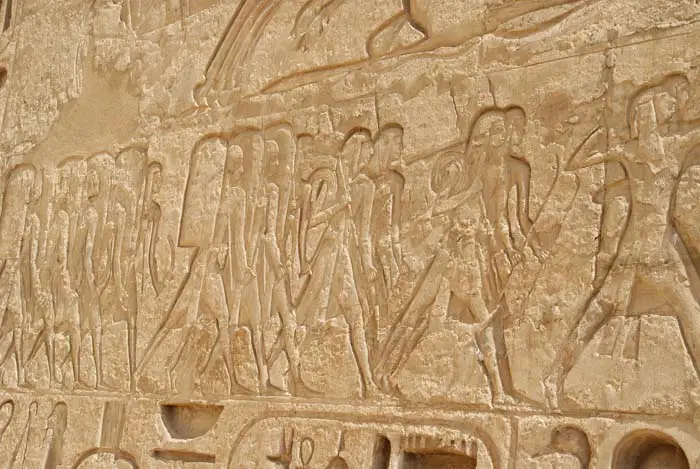- The Pharaoh
- High government officials like the vizier (the pharaoh’s right hand man), the chief treasurer and the army general
- Priests and nobles (who serve as lesser government officials)
- Soldiers and scribes (who write down important events and calculate taxes)
- Craftsmen and merchants
- Farmers and unskilled workers
- Slaves
Often, people from a single level would live in the same area of a city. The levels of the pyramid could shift and individual tiers were more powerful at different times.
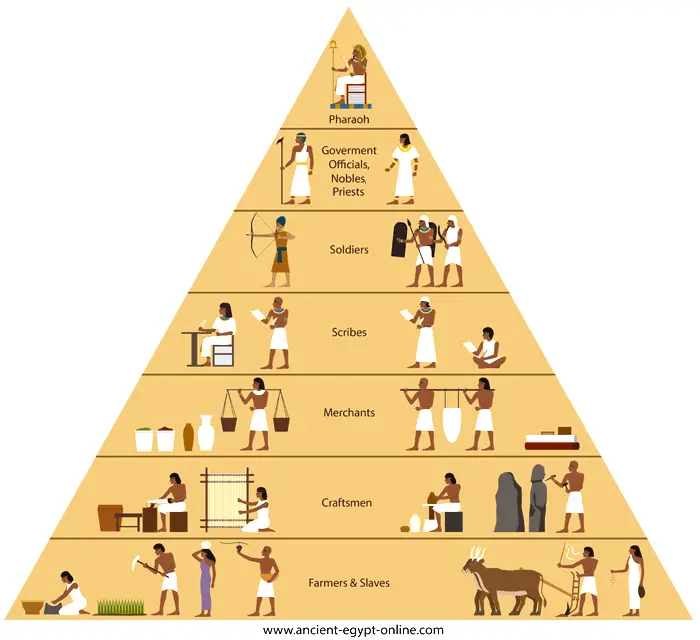
Duties of Each Level
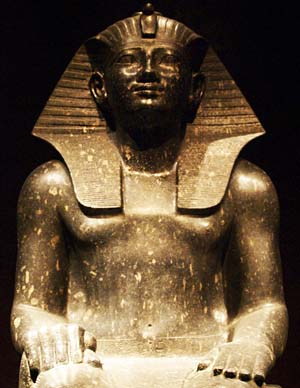
Statue of Thutmose III
The Pharaoh
The Pharaoh was a god on earth and the ultimate authority in Egypt. It was his/her duty to make the law and maintain order in the Kingdom. The people expected the pharaoh to keep the gods happy so the Nile would flood and there would be a good harvest. S/he had to maintain the army to defend the country from outside threats and internal difficulties. The people looked to the pharaoh to ensure their well-being and when s/he did not live up to this expectation s/he had less power. The Pharaoh owned all the land in Egypt but he could gift land to other people as gifts or to award them.
Government Officials
Government officials consisted of members of the royal family, nobles and priests. The royal family made up the original members of the government, the highest position of which was the vizier. Over time, the royal family left government positions, leaving the nobles to fill them. At first, the pharaoh appointed all government positions but soon they became hereditary.
The vizier was the pharaoh’s second-in-command and sometimes served as High Priest of Amun-Ra. He oversaw the political administration and all official documents had to have his seal on them. The vizier managed the taxation system and monitored the supply of food. He listened to problems between nobles and settled them. The vizier also ran the pharaoh’s household and ensured the royal family’s safety.
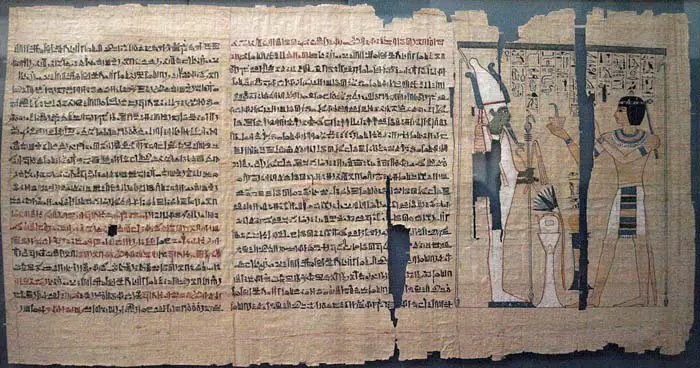
Papyrus from the Book of the Dead, depicting the High Priest Pinedjem II making an offering to Osiris
Priests served the gods’ needs and, at times, the power of the High Priest of Amun-Ra rivaled pharaoh’s. Pharaoh appointed the priests during early periods but later the posts became hereditary. They spent their time conducting rituals and ceremonies, in pharaoh’s name, in temples to keep the gods happy. Priests were a part of ancient Egypt’s daily life and they oversaw the running of the temple community.
Nobles were the only group, beside the royal family, who could hold a government office. They ruled the nomes (regions of Egypt), made local laws and maintained order. Nobles also owned farm land which the peasant class worked for them.
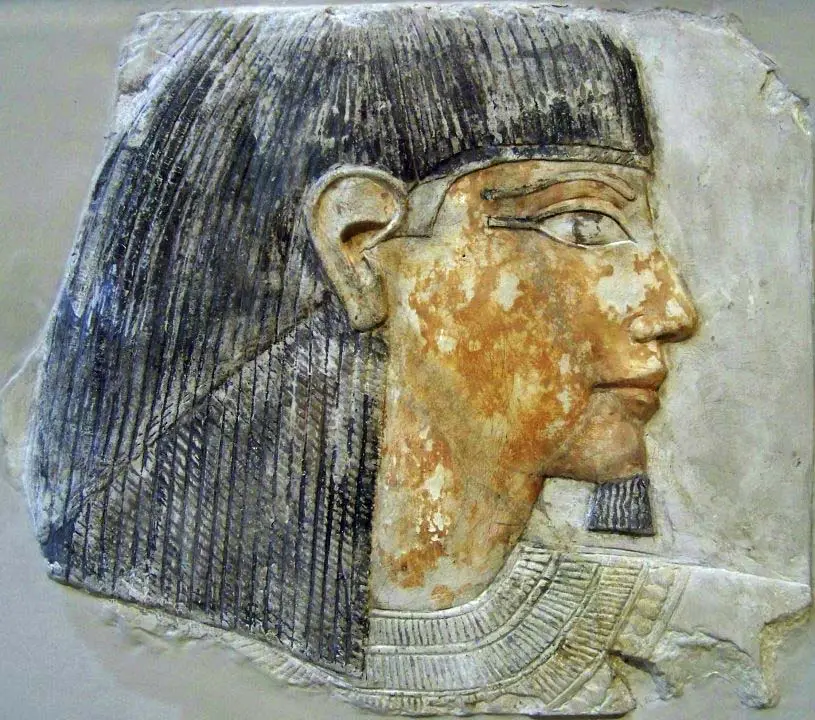
Relief of an Ancient Egypt nobleman
Scribes and Soldiers
Scribes, part of the third level of the pyramid, were some of the only people in Egypt who could read and write. They kept the records of the country including the amount of food produced and gifts presented to the gods. Scribes also kept records of the number of soldiers in the army and the number of workers on construction sites. They also wrote the copies of the Book of the Dead and biographies found in ancient Egyptian tombs.
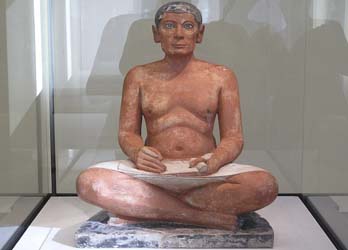
Seated Scribe statuette
Soldiers protected Egypt from outside attacks and ended social uprisings. At times, they also oversaw the lowest classes when they built the pyramids. Second sons would often join the army because they gained wealth. They could get booty from battles and the pharaoh might reward them with land for their service.
